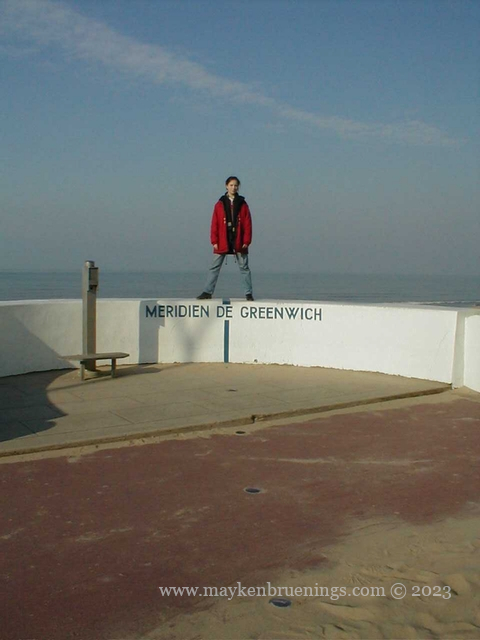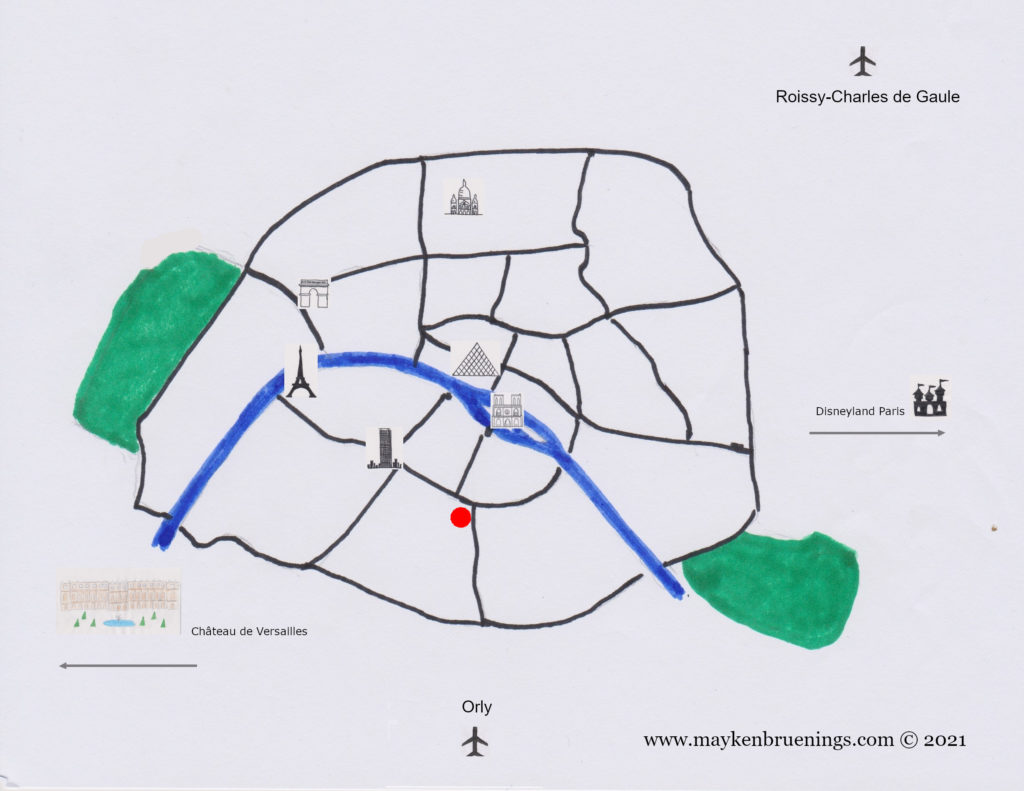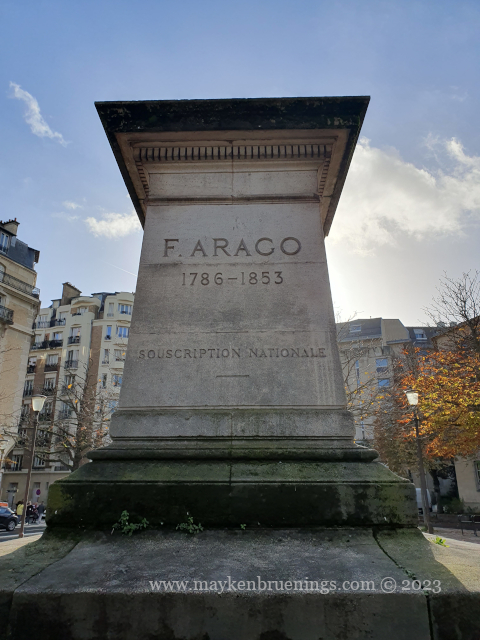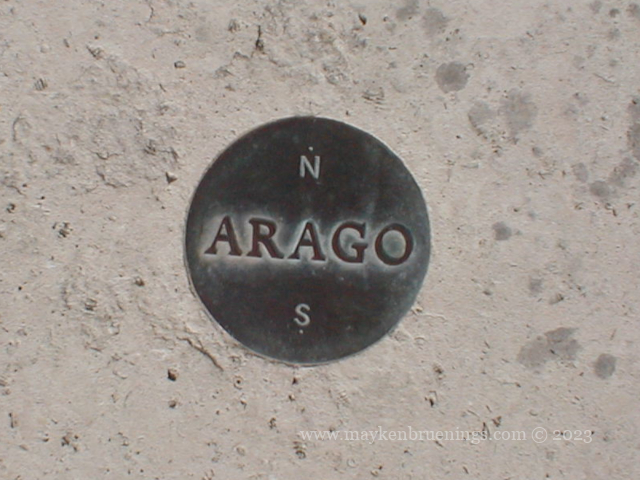Did you know that for a while, official Paris time was 9 minutes and 21 seconds ahead of Greenwich Mean Time (GMT)? Let me tell you how that happened.
First of all, I assume you know a meridian is a line that runs from the North Pole to the South Pole. It is used to indicate the longitude of a location.
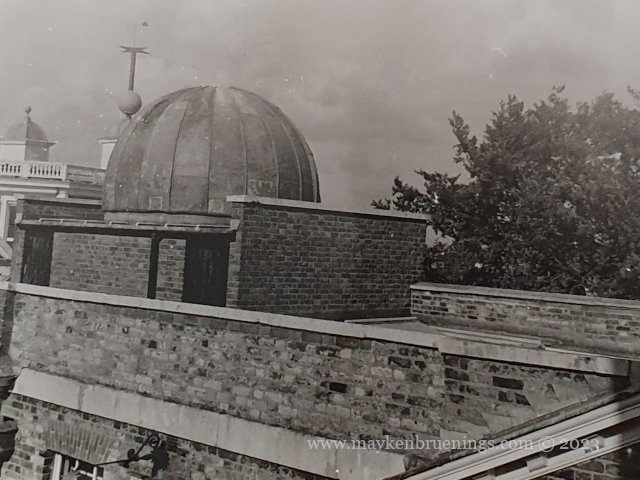
The Royal Observatory, Greenwich (a town just outside London), is the reference point for both the Prime Meridian, putting Greenwich at 0° longitude, and Greenwich Mean Time. Both these references were progressively adopted around the world over the second half of the 19th century, some international conferences helping the process along.
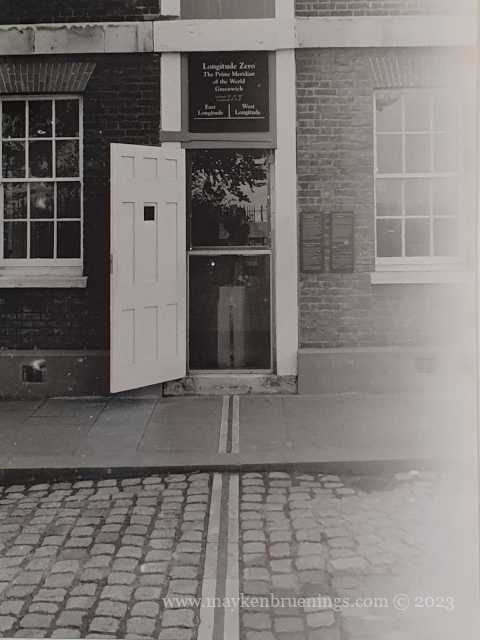
Paris is in the GMT+1 time zone and at a longitude of ~2°20’E. New York is in the GMT-5 time zone and at ~74’W.
Back in the 17th century, Sun King Louis XIV authorized the building of the royal observatory of Paris (today the Paris Observatory). On Midsummer’s Day 1667, scientists traced the outline of the building in such a way that the Paris Meridian bisected the site from north to south. Meridians were really important in that time as scientists attempted to determine the size and the figure of the earth.
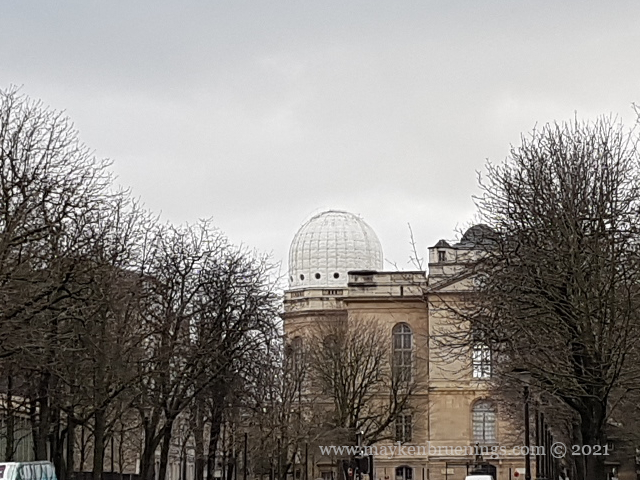
So we now have the Paris Meridian. What about Paris time?
Once upon a time and ironically long before the Sun King came along, people told time by the sun. Later, church bells calling to prayer marked time during the day. Each village, each town lived by the time of their local clocks.

It was only with the arrival of the train that France started to feel the need to unify time across its territory. In order to assure a regular train service, the train companies used Paris time. Progressively, over the second half of the 19th century, French towns adopted double display, local time and Paris time, and in 1891, Paris time was enforced by law across the country.
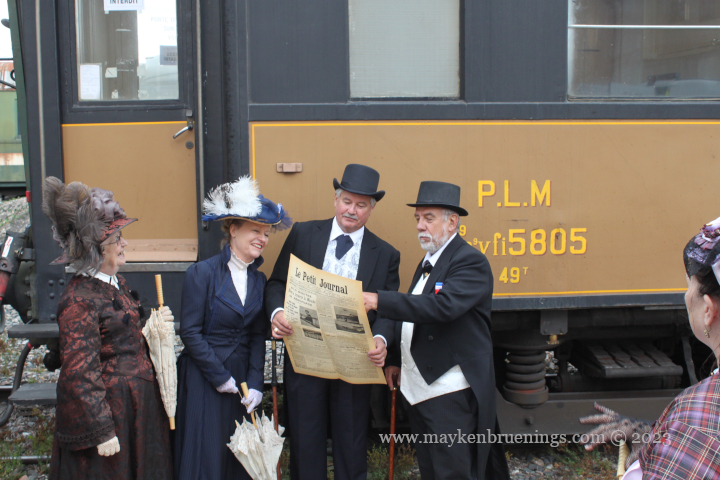
However, in the meantime, the Greenwich Meridian and GMT had been widely adopted around the world, first by navies, then by train companies and then (nearly) everyone else.
Finally, with the law of March 9, 1911, France adopted the time of the Greenwich Meridian and the division of the day into 24 hours instead of two times 12 hours. However, the text of the law never mentioned Greenwich. Indeed, the reference time remained “Paris time” which is 9 minutes and 21 seconds ahead of GMT. This corresponds to the distance between the Paris Meridian and the Greenwich Meridian.
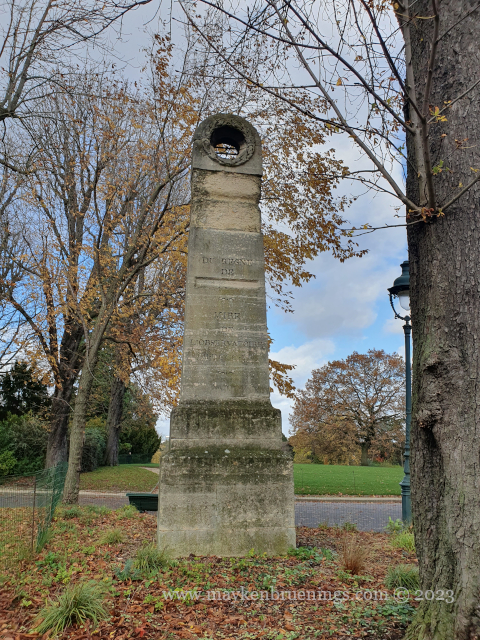
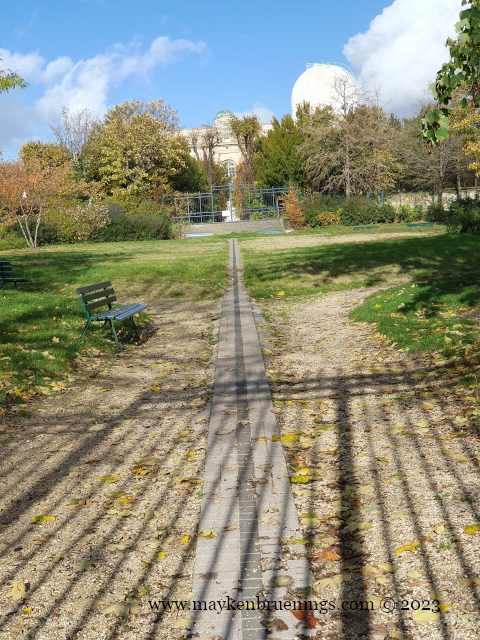
In Paris, the Meridian is materialized both inside and outside the Observatory, as well as across town by the Arago medallions, named for Astronomer François Arago (1786-1853) whose statue near the observatory was destroyed by the Vichy Regime in 1942.
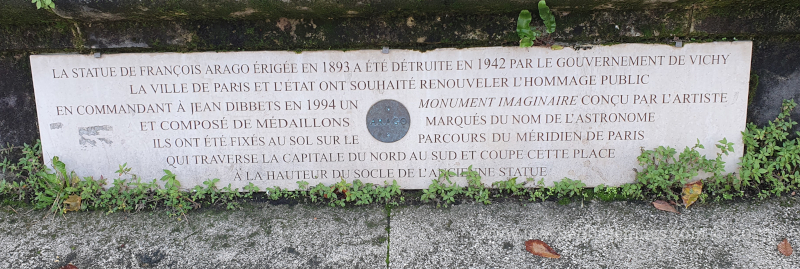
Many of the Arago medallions have gone missing since their installation in 1994, not least due to the Da Vinci Code, which has their location all wrong, so don’t go looking for one at the Louvre Pyramid! (Please don’t take any of the remaining medallions. Eiffel Tower key chains only cost 0.50€.)
And if you go to Villers-sur-Mer in Normandy, you will find a marker materializing the Greenwich Meridian on the beach wall. That’s how much 2°20’ are in distance!
